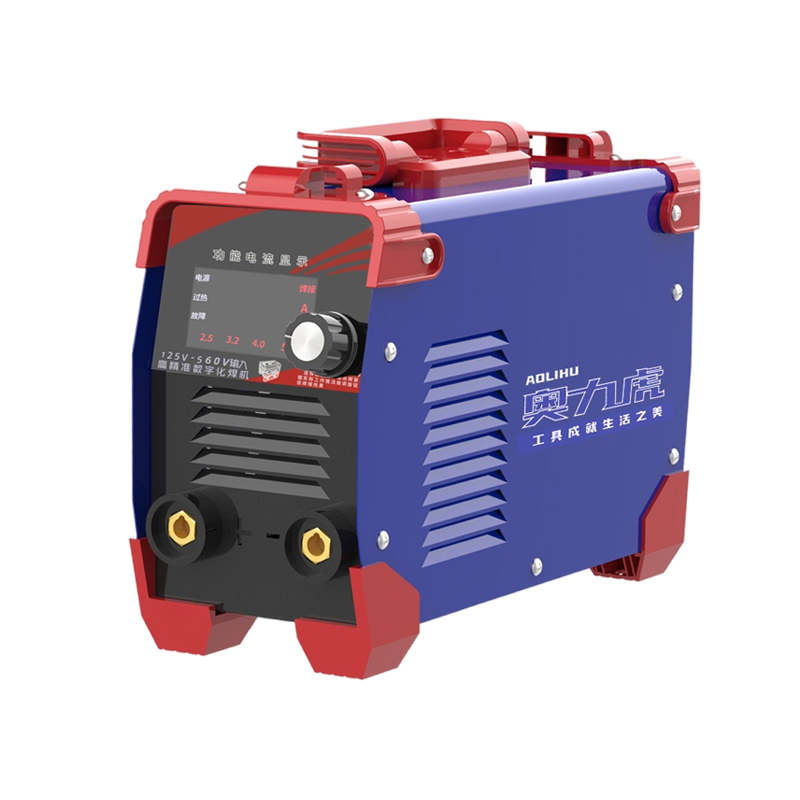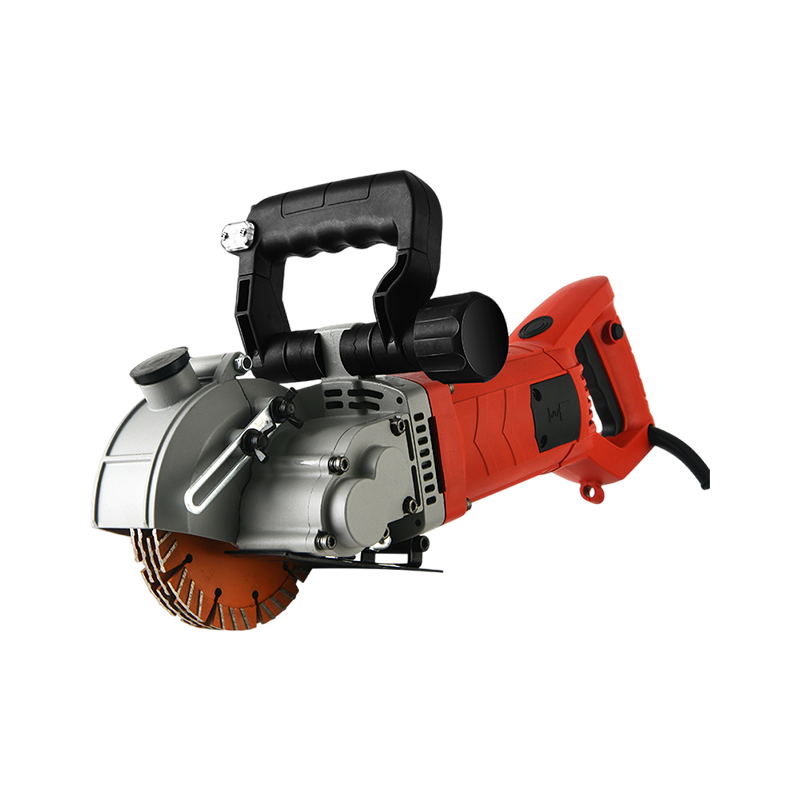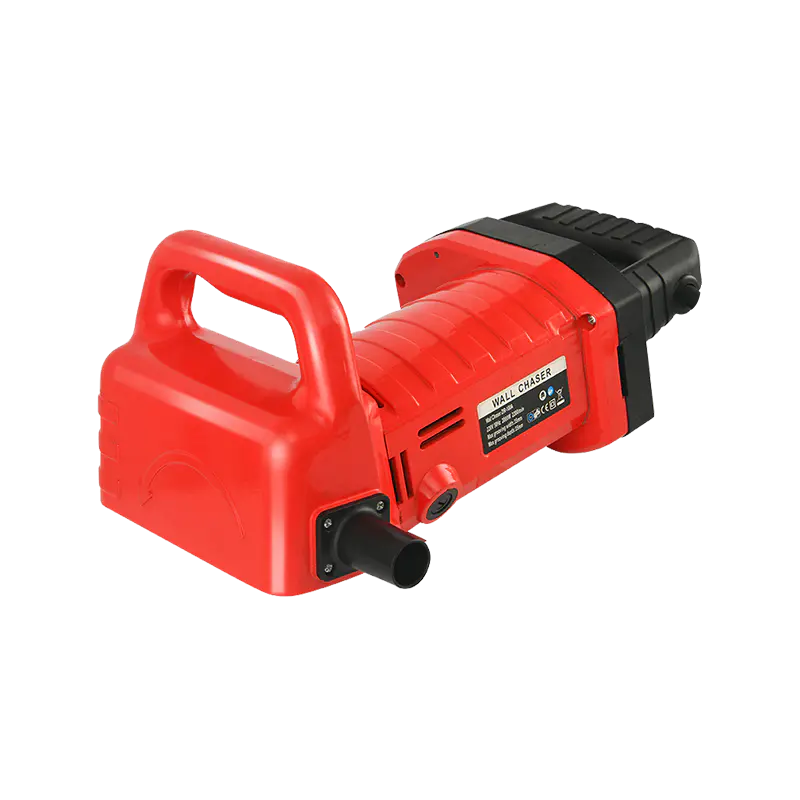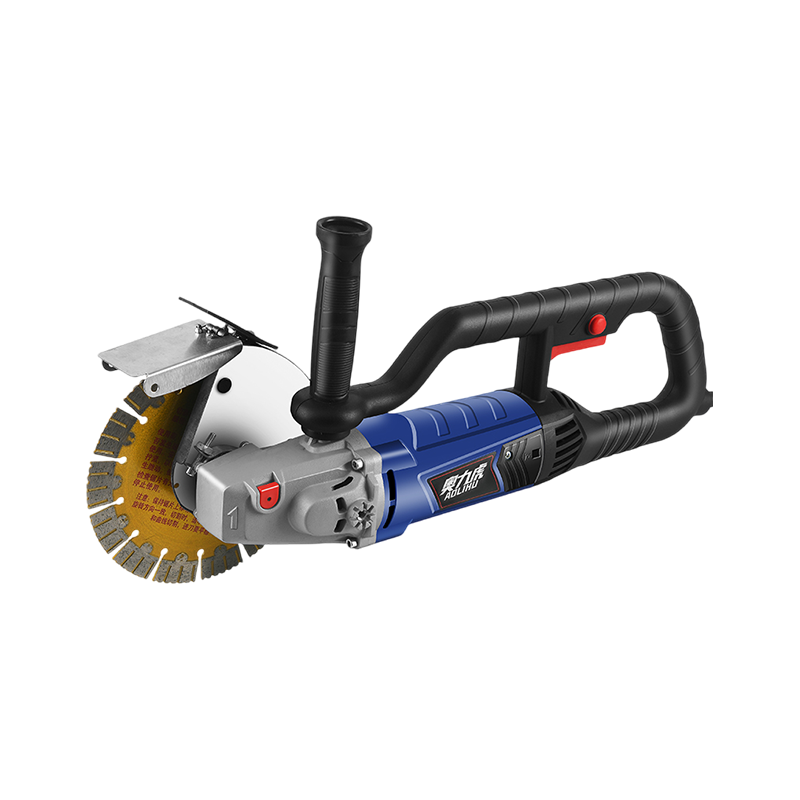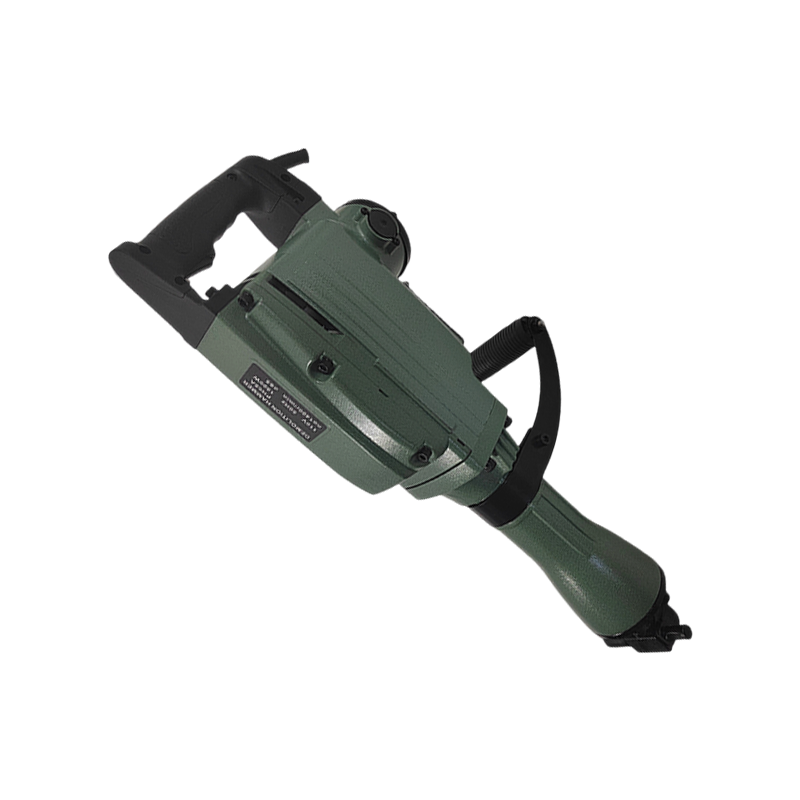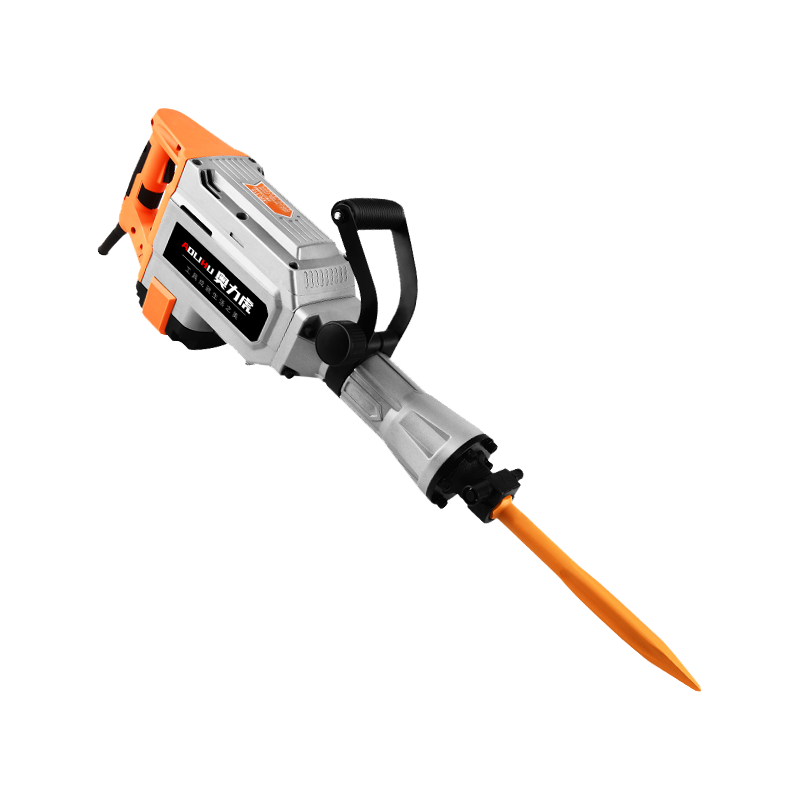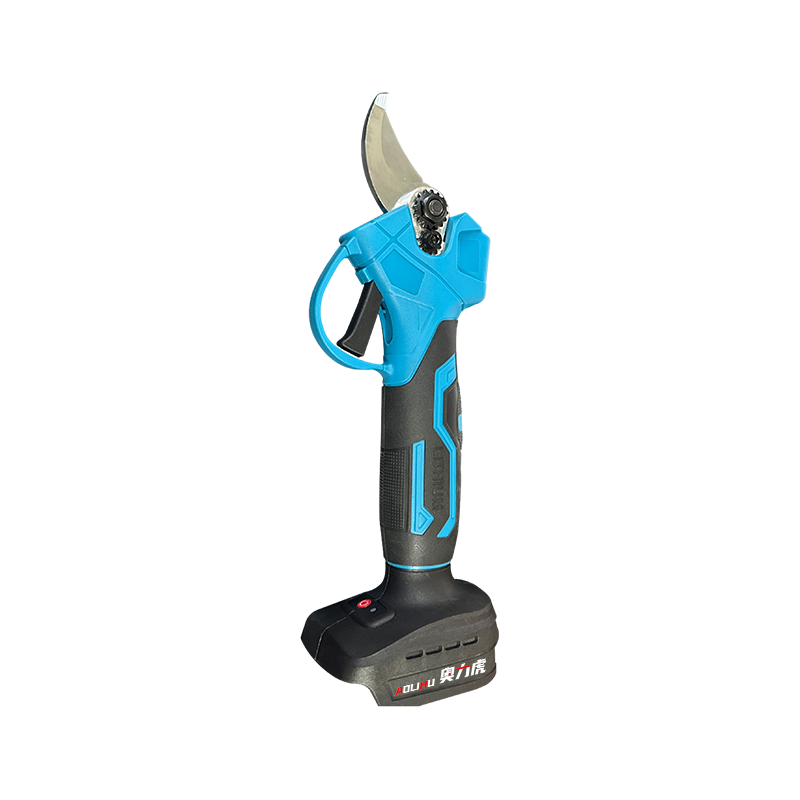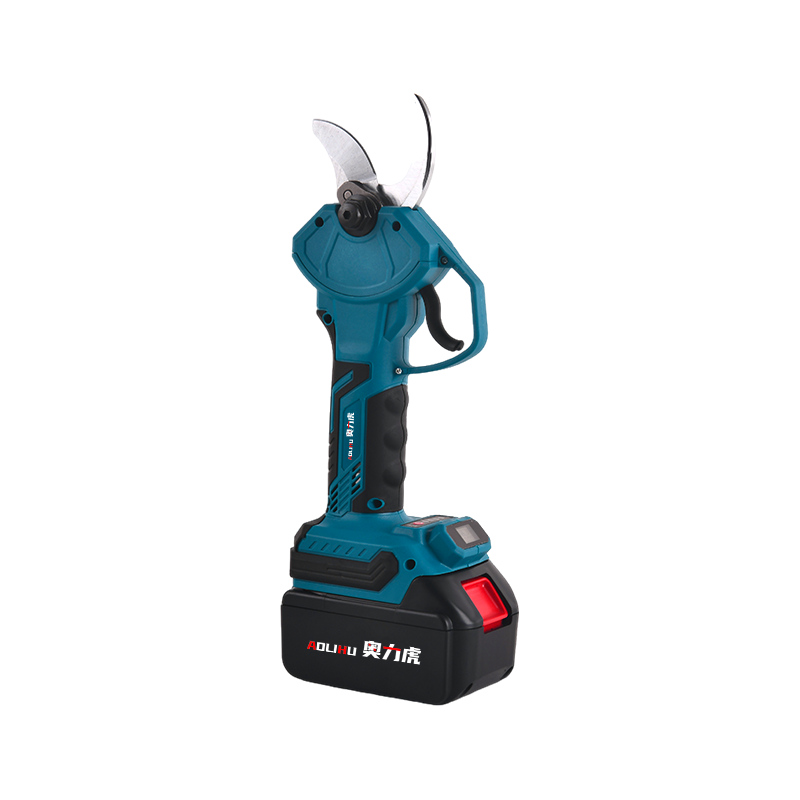The manufacturing and construction industries are experiencing significant advancements in electric welding machine technology, enabling more efficient and precise metal joining processes. These essential tools have evolved from basic arc welders to sophisticated systems that incorporate digital controls and energy-saving features. Modern electric welding machines provide consistent performance across various applications, from delicate automotive repairs to heavy industrial fabrication projects. The growing demand reflects their versatility in meeting diverse welding requirements while improving workplace productivity.
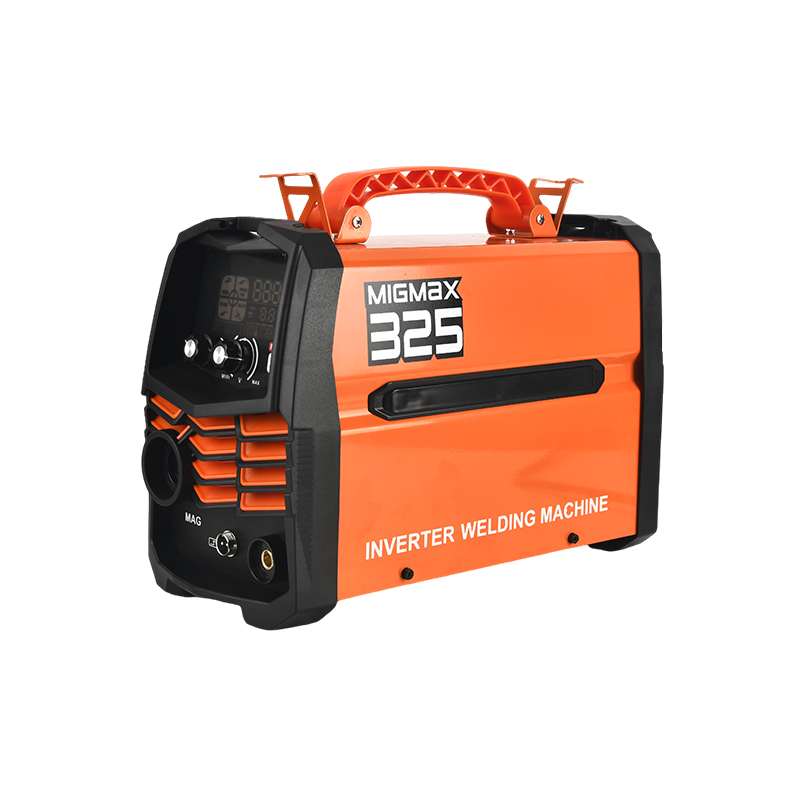
Recent innovations in electric welding machine design focus on enhancing user control and operational efficiency. Many contemporary models feature inverter technology that reduces power consumption while maintaining stable arc performance. Advanced electric welding machine systems now include automatic voltage detection that adjusts output to match specific electrode types and material thicknesses. Some premium electric welding machine products incorporate memory functions that store preferred settings for different welding tasks, streamlining workflow for professional users.
Material science breakthroughs have contributed to more durable electric welding machine components. High-temperature resistant plastics and advanced cooling systems protect internal electronics during extended operation periods. Many current electric welding machine designs utilize corrosion-resistant materials that withstand harsh job site conditions. These construction improvements extend equipment lifespan while reducing maintenance requirements, providing better long-term value for welding professionals and industrial operations.
The construction sector continues to drive demand for portable electric welding machine solutions. Lightweight, compact designs allow workers to move equipment easily between job sites without sacrificing power output. Many jobsite-ready electric welding machine models feature all-position capabilities that accommodate overhead and vertical welding tasks. Some specialized electric welding machine configurations include built-in generators for remote locations without reliable power access, demonstrating the equipment's adaptability to challenging work environments.
Manufacturing facilities benefit from industrial-grade electric welding machine systems designed for continuous operation. Heavy-duty models with high duty cycles support production line demands without overheating. Modern factory electric welding machine setups often incorporate robotic integration capabilities for automated welding processes. These robust systems maintain precise arc characteristics through thousands of welding cycles, ensuring consistent product quality in high-volume manufacturing applications.
Safety features have become a priority in electric welding machine development. Many current models include thermal overload protection that prevents component damage during demanding tasks. Advanced electric welding machine designs feature reduced open-circuit voltage for improved operator safety without compromising arc performance. Some systems incorporate fume extraction recommendations and ventilation monitoring alerts that promote healthier work environments. These safety enhancements reflect the industry's commitment to protecting welding professionals while maintaining high productivity standards.
The automotive repair industry has adopted specialized electric welding machine configurations for vehicle maintenance. Compact multi-process units handle everything from thin body panel work to frame repairs using various welding techniques. Many automotive electric welding machine products now include synergic controls that automatically adjust parameters for different vehicle materials. These application-specific features help technicians achieve professional results across diverse repair scenarios while small heat distortion on delicate components.
Future developments in electric welding machine technology may include AI-assisted parameter optimization and augmented reality guidance systems. Some prototypes explore wireless monitoring capabilities that track weld quality in real time. As industrial demands evolve, electric welding machine innovations will continue enhancing precision, efficiency, and user experience in metal fabrication processes.

 English
English русский
русский Français
Français Español
Español